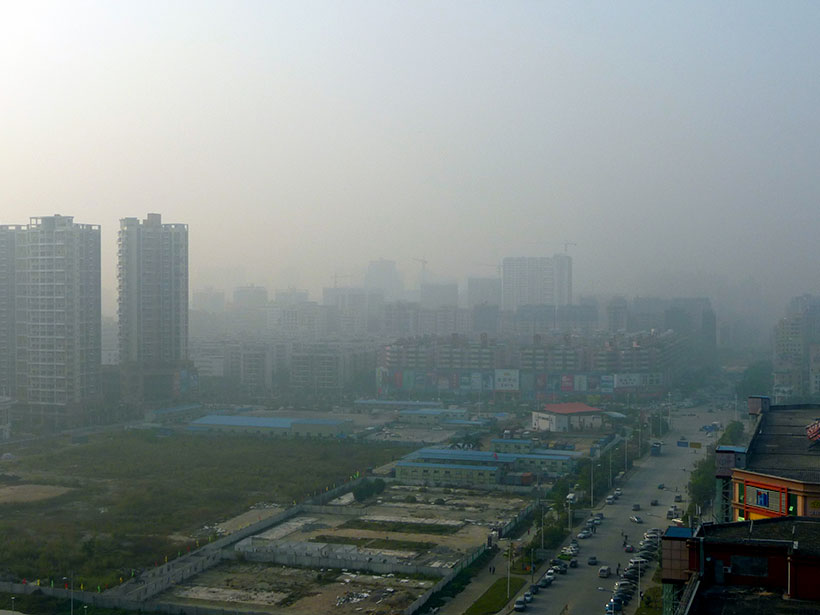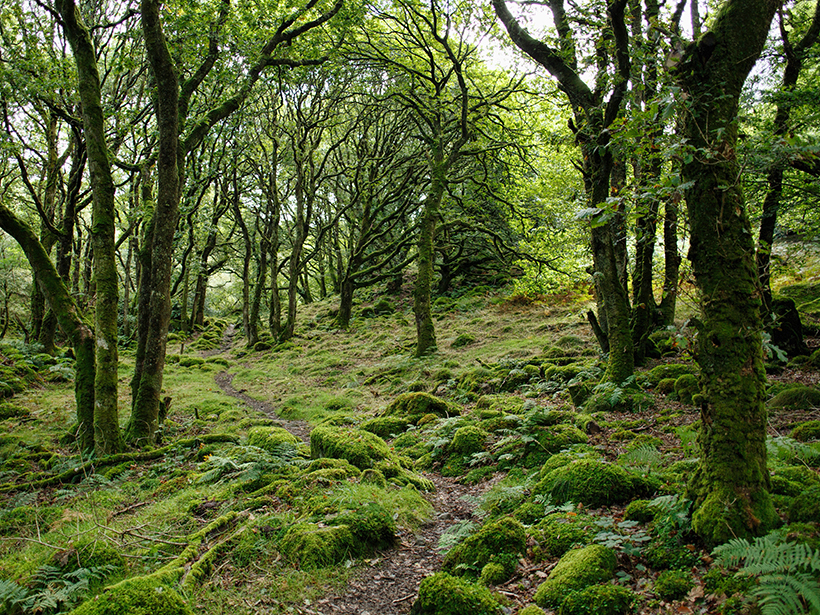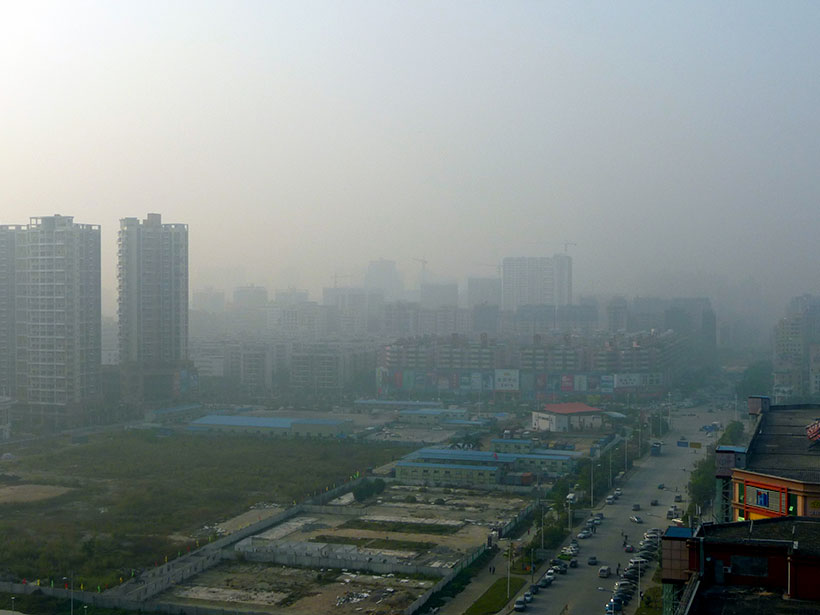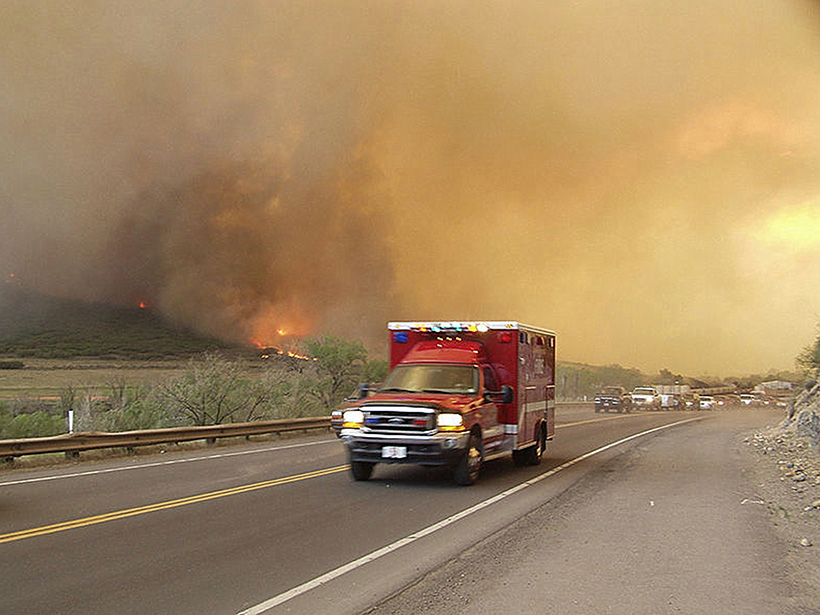在一项新的研究中,研究人员应用全球地球系统模型来估计各行业减排的影响。
air pollution
How Long Do Black Carbon Particles Linger in the Atmosphere?
Researchers uncover how black carbon evolves from hydrophobic particles to cloud nucleation sites, eventually removing the heat-absorbing particles from the sky.
How the “Best Accidental Climate Treaty” Stopped Runaway Climate Change
The Montreal Protocol halted the destruction of the ozone layer. In the process, it saved one of Earth’s most important carbon sinks.
How Can Wristbands Monitor Pollution, PAHs, and Prenatal Care?
Silicone wristbands can help monitor pregnant women’s exposure to polycyclic aromatic hydrocarbons. Tracking these toxic chemicals, produced by combustion, could improve public health outcomes.
The Health and Climate Benefits of Reducing Air Pollution
In a new study, researchers apply a global Earth system model to estimate the impacts of emissions reductions by sector.
Where Do the Metals Go?
Volcanic eruptions spread harmful metals in the environment. Now the biggest study to date details exactly where they end up.
Improved Algorithms Help Scientists Monitor Wildfires from Space
Wildfires release pollutants that harm human health. Quality satellite monitoring can help track these pollutants and predict where they may become health hazards.
Establishing a Link Between Air Pollution and Dementia
A new study examines the relationship between fine particulate matter (PM2.5) and dementia, finding that air pollution may be responsible for up to 2 million dementia cases each year.










